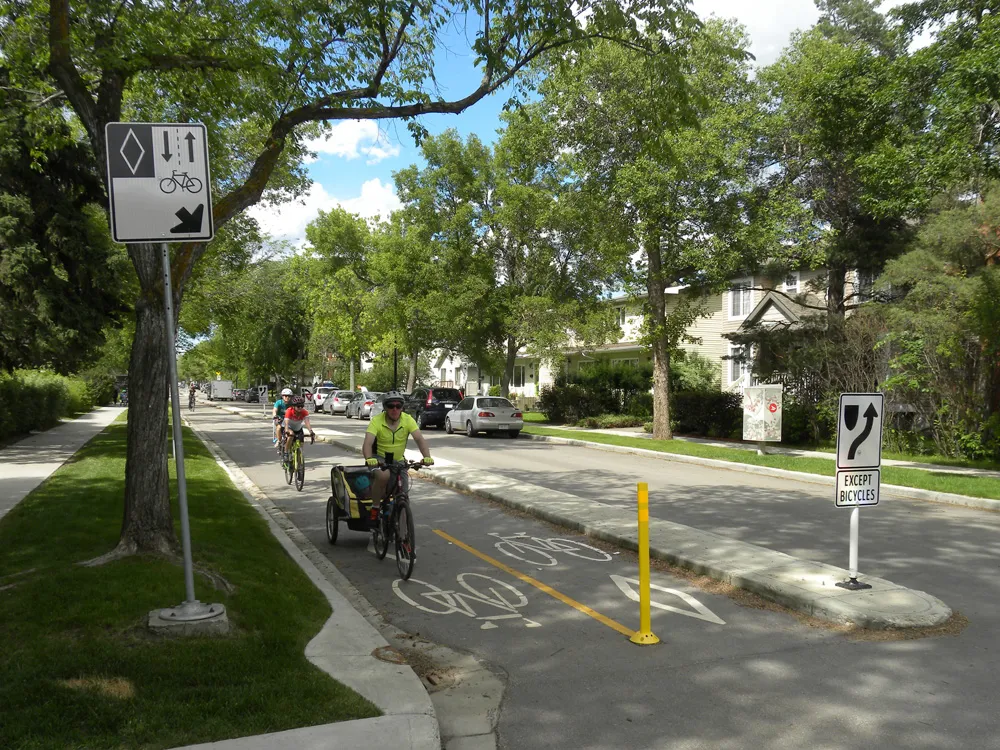Driverless cars can create confusion unless training meets the fast pace of change and helps drivers cope with a whole new set of demands, according to a conclusion reached by industry experts at London’s ‘Driver Ahead’ conference in London.
The IAM RoadSmart/
Guest speaker Victoria Coren-Mitchell opened the conference by introducing the “death by code” concept, challenging the conference to decide if deaths caused by a computer are better or worse than human error.
Simon Thompson, human factors specialist at
Other experts, such as Professor Nick Reed, head of mobility research at
Professor and chair of human factors engineering at Southampton University, Neville Stanton pointed out that there may be times when a driver has nothing to do, then a sudden requirement to intervene in an emergency situation can lead to them panicking and creating a tragedy. He said, “The problem with automation is that it is not currently powerful to render the driver completely redundant. It requires the driver to monitor continuously and intervene occasionally. The car needs to support, not replace the driver.”
Nic Fasci, lead engineer for vehicle engineering and homologation at Tata Motors European Technical centre, said: “The key to autonomous vehicles is training, training, training! The skill of driving must be robotic before the software can be developed. The skill of driving is being eroded and this can be seen every day.”
Driver Ahead conference: more training needed on driverless cars
Driverless cars can create confusion unless training meets the fast pace of change and helps drivers cope with a whole new set of demands, according to a conclusion reached by industry experts at London’s ‘Driver Ahead’ conference in London. The IAM RoadSmart/ RAC Foundation/ Pirelli event consisted of over 100 industry experts who set out to map a safe route for driverless cars. Guest speaker Victoria Coren-Mitchell opened the conference by introducing the “death by code” concept
October 12, 2017
Read time: 2 mins








